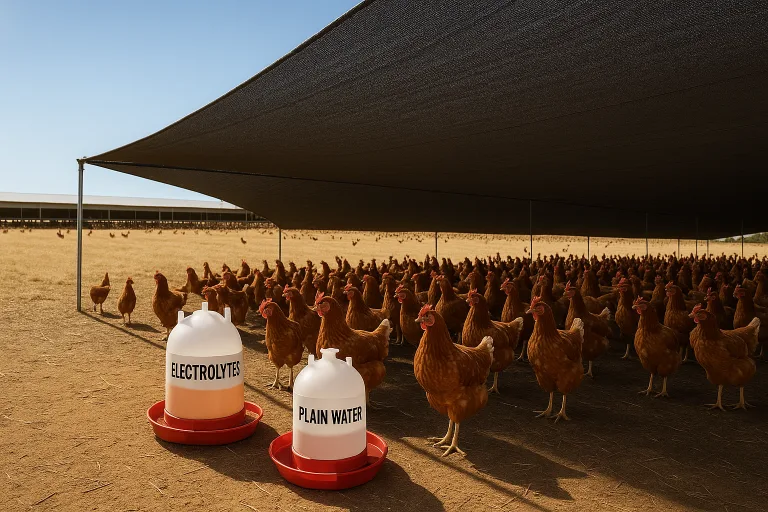Feed Efficiency: Boost Savings and Egg Production
Finding ways to maximize efficiency and productivity is essential for farmers looking to boost their savings and egg production. One area that holds tremendous potential is feed efficiency. By optimizing the utilization of feed resources, farmers can not only reduce costs but also enhance the overall health and performance of their flocks.
However, achieving this requires a comprehensive understanding of various strategies and practices, from sourcing high-quality feed to implementing precise feeding management techniques.
In this discussion, we will explore the untapped power of feed efficiency and how it can revolutionize the profitability and sustainability of poultry farms. Get ready to uncover the secrets behind unlocking the full potential of feed efficiency and discover how it can pave the way for greater savings and increased egg production.
Importance of Optimizing Feed Efficiency
Optimizing feed efficiency is a critically important factor in maximizing farm profitability and sustainability while ensuring the best possible nutrition for layer flocks. Reducing feed costs and maximizing layer performance are key objectives that can be achieved through efficient feed management.
Lower feed costs lead to substantial cost savings, improving the farm’s economic health over time. Additionally, efficient feed management propels layer flocks to higher levels of production, resulting in increased revenue. By minimizing feed wastage, farmers can align with sustainable farming practices, reducing their environmental impact.
Optimizing feed efficiency improves overall farm profitability and sustainability, making it a crucial aspect of successful layer farming. Enhanced feed efficiency not only minimizes waste but also provides the best possible nutrition to layers, promoting their health and performance.
Quality Feed Sourcing
To ensure optimal feed efficiency and promote the health and performance of layer flocks, it is imperative to prioritize the sourcing of high-quality, well-balanced, and nutrient-rich feed from reputable suppliers.
Nutrient-rich feed plays a crucial role in supporting the growth, development, and overall well-being of layers. Reputable suppliers have a proven track record of providing feed that meets the specific dietary needs of layers, ensuring that they receive the necessary nutrients for optimal egg production and quality.
Proper Storage and Handling
In order to ensure the highest levels of feed efficiency and support the health and productivity of layer flocks, proper storage and handling practices are essential components of a successful farming operation.
Feed preservation and pest control are critical aspects of this process. Storing feed in pristine and dry facilities is crucial to maintain its nutritional value. Implementing a first-in, first-out (FIFO) system ensures freshness and prevents feed from losing its quality.
Pristine storage facilities are also imperative in warding off pests that can contaminate the feed. By maintaining feed quality through proper storage and handling, farmers can enhance feed efficiency and minimize wastage.
This, in turn, leads to improved savings and increased egg production.
Precise Feeding Management
Implementing precise feeding management practices is crucial for maximizing feed efficiency and optimizing the performance of layer flocks. This can be achieved through the use of automated feeding systems and portion control.
Here are three key aspects of precise feeding management:
- Automated feeding systems: These advanced systems provide unparalleled accuracy and consistency in delivering feed to layers. They can be programmed to dispense precise amounts of feed at specific times, ensuring that each bird receives the appropriate nutrition for their age and production stage.
- Portion control: Controlling the amount of feed given to layers is essential for minimizing wastage and ensuring optimal nutrient utilization. With portion control, feed quantities can be adjusted based on the birds’ requirements, preventing overfeeding or underfeeding.
- Accurate feeding: Precise feeding management promotes feed efficiency by providing the right amount of nutrition to layers. This not only improves egg production but also reduces feed costs and enhances overall farm profitability.
Monitoring and Record-Keeping
Effective monitoring and record-keeping practices are essential for optimizing feed efficiency and making informed decisions regarding the performance and nutrition of layer flocks. Data-driven decision making offers several benefits, including improved feed management strategies, enhanced egg production, and increased profitability.
By continuously monitoring layers’ feed consumption and production performance, farmers can identify trends and patterns that help optimize feed efficiency. Detailed records of feed usage, egg production, and health observations serve as a compass for making informed decisions.
The role of technology in feed efficiency monitoring is crucial, as automated systems provide accurate and real-time data on feed consumption, allowing for timely adjustments in feeding management. Leveraging technology in record-keeping and monitoring ensures precise data collection and analysis, enabling farmers to maximize feed efficiency and overall flock performance.
Conclusion
In conclusion, optimizing feed efficiency in poultry farms is crucial for achieving cost savings, improving economic health, and promoting sustainable farming practices.
By implementing strategies such as quality feed sourcing, proper storage and handling, precise feeding management, and monitoring and record-keeping, farmers can ensure that layers receive optimal nutrition while minimizing waste.
This leads to improved profitability, increased egg production, and a more sustainable agricultural industry.
